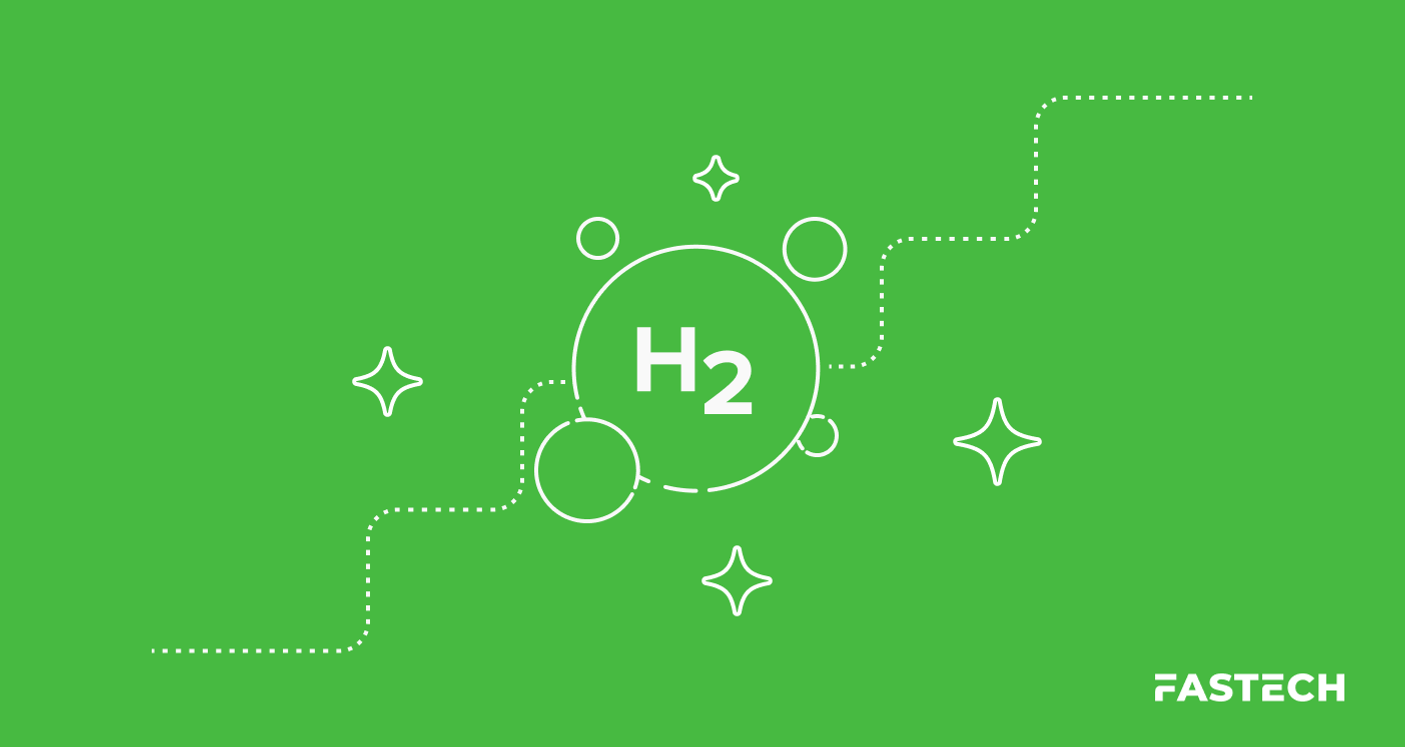Hydrogen as a Superfluid: The Quantum Breakthrough and Its Implications

An international team of scientists has made a landmark discovery confirming a more than 50-year-old hypothesis—hydrogen can act as a quantum superfluid.
The groundbreaking study was led by chemists from the University of British Columbia (UBC) in collaboration with Japanese researchers at RIKEN and Kanazawa University.
At one point in time, helium-4 was the only element to be witnessed in superfluid form. When these results were replicated with helium-3, the lead researchers won a Nobel Prize in Chemistry.
With hydrogen now added to the list of elements with a superfluid state, a new wave of research is expected among low-temperature chemists and quantum physicists.
So, what exactly is superfluidity, and how might its discovery in hydrogen change the landscape of clean energy?
What Is a Superfluid?
Superfluidity—also known as quantum fluidity—is a rare state of frictionless liquid that can only be observed near absolute zero (the coldest cold). Helium attains superfluidity around 2°K, while the present hydrogen study reached a temperature of .4°K (-458.95°F).
Without viscosity, superfluids have unique properties unseen in other liquids, including near-instant heat transfer.
Here is an abridged timeline of major discoveries surrounding the strange state of matter:
1938: Superfluidity was first observed by passing helium-4 atoms through tiny channels without friction in a pioneering study.
1972: Russian physicist and Nobel prizewinner Dr. Vitaly Ginzburg theorized that liquid hydrogen may be a superfluid.
1972: Researchers publish evidence that helium-3 is capable of superfluidity, later confirmed by additional studies.
2025: The present study found an ingenious way to surpass hydrogen’s natural freezing point and push nanoclusters of molecules to a superfluid state.
Hydrogen Superfluid: The Ultra-Cold Nano-Study
Before researchers could see hydrogen’s superfluid state, they had to overcome a fundamental barrier that had stumped physicists for decades.
In normal atmospheric conditions, molecular hydrogen is a gas with a boiling point of -423.2°F, meaning it doesn’t liquify until just over 20°K. This alone makes observation challenging, but even more so when considering that hydrogen solidifies around 14°K.
To maintain hydrogen’s liquid form at even lower temperatures, the research staff leveraged its predecessor: helium.
By suspending hydrogen molecules within nano-droplets of liquid helium, they were able to supercool its fluid form beyond its natural limits. The helium droplets acted as tiny labs for the real test.
From there, the team inserted a molecule of methane within the liquid hydrogen cluster and used laser pulses to initiate a spinning motion.
Then came the moment of truth. If the spinning methane molecule lost speed, it would indicate friction and disqualify hydrogen as a superfluid. Instead, the methane continued to spin resistance-free.
“We were thrilled…” said Dr. Hatsuki Otani, who worked on the study at UBC as a PhD student. “It was a strong sign of hydrogen’s superfluidity. Then theoretical results from colleagues at Kanazawa University matched our experimental data perfectly."
The Study’s Broader Significance for the Hydrogen Ecosystem
This nano-sized discovery was a huge leap in our scientific understanding of quantum mechanics.
Superfluid helium has already been applied in numerous applications since its relatively recent breakthrough. It’s the perfect cryo-coolant, a key feature in high-resolution ultrasonic microscopy, and even an instrument for measuring other quantum-level interactions.
Though it will undoubtedly take time and repeated research to unlock the applications of superfluid hydrogen, the study’s senior author and cold molecule expert, Takamasa Momose, is optimistic:
“This discovery deepens our understanding of quantum fluids and could inspire more efficient hydrogen storage and transport for clean energy.”
One of liquid hydrogen’s top barriers to wider adoption in energy and fueling sectors is its special requirements for pressurization and cryo-freezing.
Though many innovators have come forward with new and effective forms of hydrogen storage and transport, few are applicable or affordable on a commercial scale.
We’re unlikely to see a superfluid hydrogen pipeline anytime soon, but the revelation is a major advancement in our understanding of the universe’s most abundant element. The world’s chemists and physicists are already taking note and inspiration.
Advancing Hydrogen One Project (Sometimes More) at a Time
This flagship study highlights the natural versatility of hydrogen and how much room our understanding has to grow. As the leading developer of hydrogen energy infrastructure, FASTECH has seen its power firsthand. From its role in tri-generation power to its proven performance in fuel cell mobility, hydrogen is among the world’s greatest untapped resources.
Methods for sustainable hydrogen production, storage, and fueling are already used across North America, Europe, and Asia with stunning results. The main factor pumping the brakes on hydrogen is its lack of current infrastructure.
Now more than ever is the time to advance our use of hydrogen and shift our energy to cleaner, smarter solutions.
FASTECH has collaborated with energy industry leaders to develop 40+ hydrogen fueling stations to date. Yours could be the next.
Embrace the future; explore hydrogen energy solutions.




